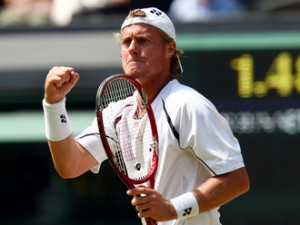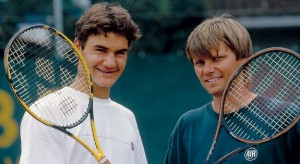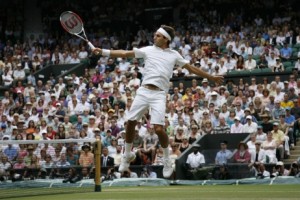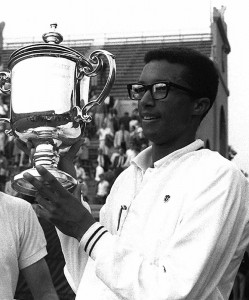Rafael Nadal and Andy Murray Chase History 5
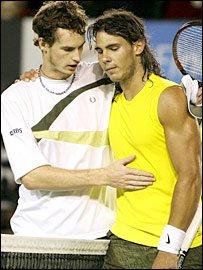
Andy Murray and Rafael Nadal will each be continuing their quest for tennis immortality when they meet in the Wimbledon semifinals.
There’s a famous scene in Chinatown where private detective Jake Gittes faces the evil tycoon Noah Cross, who has been stealing water away from the needy populace to lower the price of land that he can then buy. “Why are you doing it?” Gittes asks. “How much better can you eat? What can you buy that you can’t already afford?” “The future,” Cross responds. “The future!” Rafael Nadal seems a far more pleasant human being than Noah Cross, but his motivations appear to be similar.
With seven majors and one of the all-time great clay court résumés already to his credit, Nadal is still looking to add on, even if it comes at the expense of contemporaries starved for Grand Slam success. Unlike Roger Federer, who could never pick up a racket again knowing he’s already established a compelling case for Greatest of the Open Era, Nadal still has plenty to prove.
Holder of seven Grand Slam titles, Nadal needs one more to move past Mats Wilander and John McEnroe, and two to get past the power-baseliner triumvirate of Jimmy Connors, Ivan Lendl, and Andre Agassi. The chances of his being ranked higher than those names in the history books go up even higher should more of his major wins take place on a surface other than clay. Andy Murray has another type of history to chase. Though he proudly identifies as a Scot, the English public has proudly adopted him as the player most likely to end Britain’s drought at the majors, which stretches all the way back to Fred Perry in 1936. Read the rest of this entry →
